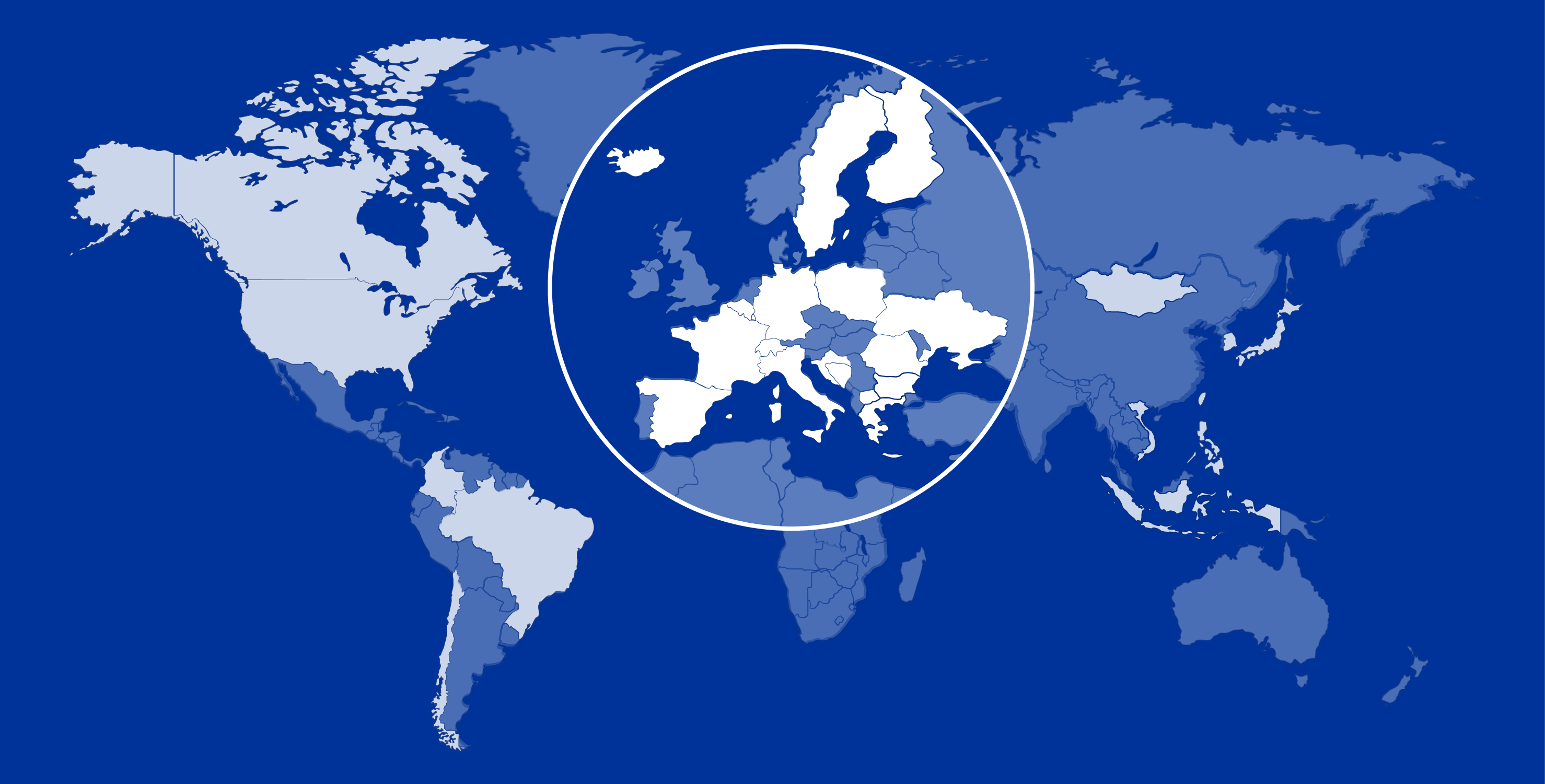2016 Amendment to the Renewable Energy Act: Taking intoAccount the Consequences for Germany as an Industrial Location if Tender Volume Is Narrowly Limited
Further to the so-called Wismar Appeal, the authors of this joint declaration view with great
concern the consequences for Germany as a wind industry location if proposals based on a
piecemeal formula in the key points of the 2016 Renewable Energies Act are adopted to narrow the
volume of tendering for wind turbines. We fear these proposals will create structural distortions in
Germanys wind industry, an internationally successful model. Changing to a tendering design that
determines remuneration rates by means of a competitive scheme already poses a challenge in itself
and this will be compounded by further uncertainties.
A restrictive quantity control that is barely calculable would be at the expense of Germany as an
industrial location
- Without being able to draw on any relevant experience with tendering, the expansion of wind energy in future is supposed to be controlled in a fragmented way. We anticipate that the proposed formula for the quantity control of wind energy would lead to heavily fluctuating volumes for tendering at a low level. In real terms, this would hinder investment decisions to a significant extent. Only an adequate and continuous expansion volume will secure investment ininnovative technologies and manufacturing processes and thereby bring about sustainable cost reductions.
- Restrictions in the domestic market cannot be compensated for in other regions in the short term. As a result of declining expansion, supply chains downstream would see lasting changes so
that value creation would no longer take place in Germany in certain areas.
A stable, annual net tendering volume of 2,500 MW for onshore wind energy
- To ensure that the industrial basis built up over the past 25 years is safeguarded throughout
the upcoming transition to competitive tendering, it is essential to implement a guaranteed
annual net quantity of around 2,500 MW of onshore wind energy capacity, which was set out
as an expansion corridor in the 2014 Renewable Energy Act following lengthy debate. A
reduction in onshore wind energy compared to the 2014 Renewable Energy Act would strike
an enormous blow to a growing industry that now employs more than 130,000 workers and
has a turnover volume of around EUR 12 billion in the onshore wind sector alone.
Tendering of at least 900 MW annually for offshore wind farms
- For offshore wind energy, stable value?creation components can firmly establish themselves
in Germany by means of additional production locations in Cuxhaven, Bremerhaven and
Rostock, for instance, alongside the supply industry in North Rhine?Westphalia, Bavaria and
Baden?Wurttemberg. In particular, this would advance the rapid industrialisation of
processes. - The prerequisite for this growth is the continuous expansion of offshore wind energy even
after 2020. To achieve this, offshore wind energy projects with an annual capacity of at least
900 MW need to be realised. Offshore projects have a long implementation period. Vague
future prospects are already endangering medium?sized businesses and are drivers of shorttime
employment and job cuts as a result of fluctuating and declining industrial expansion.
Accelerated grid expansion is essential
- Planning for the future and making appropriate investments in grid infrastructure years ago
might have prevented the bottlenecks we are experiencing now. That is why it is more
important than ever to force the pace of system optimisation and grid expansion at sea and
on land and make this the most important project of the energy turnaround. Improved
networking with neighbouring countries and measures to accelerate grid expansion with
innovative grid technologies will eliminate bottlenecks.
We cannot estimate today how the expansion corridors planned now can be realised by means of
tendering. That is why it makes sense to undertake an analysis of the situation until 2020 and take
into consideration the 2050 Climate Protection Plan and initial experiences with sector interlinking to
gain a sound understanding of electricity demand in all three energy areas of electricity, heating and
mobility. Until then, the danger must clearly be avoided of seriously weakening the onshore and
offshore wind industry, which currently employs some 150,000 people altogether and is a significant
and entrenched part of Germanys mechanical and plant engineering industrial sector.


 Christian
Christian Dr. Jens
Dr. Jens